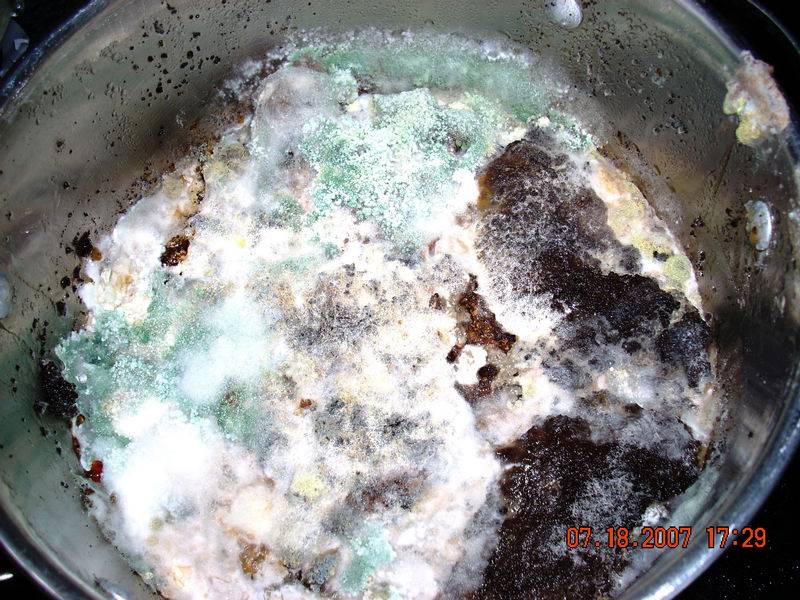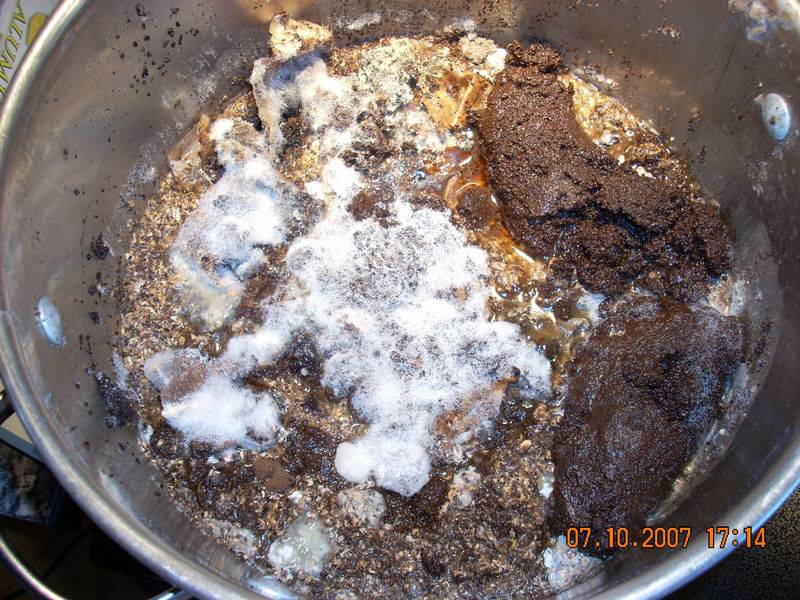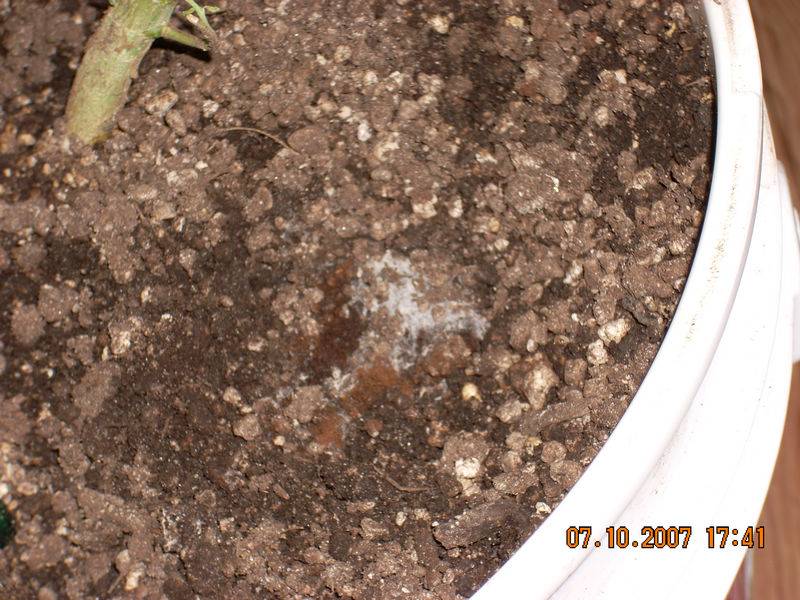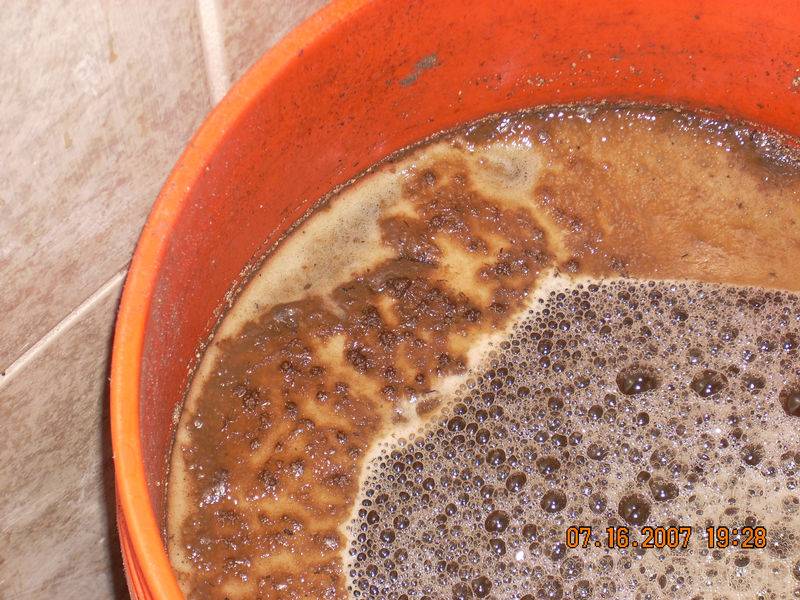I grown shrooms before so im familiar with the trich (which is the gray fuzzy type in the far left pic) it will turn green when its at the end of its growth but the right pic is bacterial growth which was given Tarantula (57 types of beneficial bacteria).
Im just saying..
Trichoderma isn't gray or fuzzy, it's green and not fuzzy. Molds (such as cobweb) can be white or gray, etc., and they are often fuzzy.
Trich turns green right away, before that it's most often white, and it sporulates fast. Trich will be green before it is noticeable; the fuzzy fungi in your pic is absolutely not trichoderma. The reason you are (probably) growing something you didn't inoculate (ex. mold, and trichoderma in the bacteria tray) is due to the millions of mold and trichoderma spores that are the air all the time.
When trying to culture fungi, esp. trich, it's good to limit fresh air. You can tell what is trich fast by simply covering the tray with tin foil after the media has been moistened. Then just wait a week and look, if you see green spots/mats (often little bumps) you have trichoderma. I can post pics of trich I have cultured on purpose and not on purpose if you wanna see what trich looks like when it's going strong.
I find it kind of lame that companies sell trichoderma when most anyone can super simply cultivate it in like 3-4 days at home. Then simply mix it into a slurry and water the media. Done and done.
I agree with CTguy, if you want to be sure of what is going on you should sterilize your media in a container with a filter that blocks spores and microbes (0.2 micron or smaller holes) like a filter patch bag or other method (there are simpler methods than filter patch bags). Then use a glove box when inoculating the media to keep it out contamination. Then just allow the microbes to grow inside the container a while. That way you will have much less of chance of getting molds and other contamination to your experiments. However, even doing that doesn't guarantee sterility, nor that the only microbes growing are those you added...so making a few tests would be good.
Using a laminar flow hood is better than a glove box but they are not cheap.
I really have no dog in this fight, just pointing a few issues. I'm not sure what you are trying to accomplish but it's cool your experimenting. I'm just tying to help ya, no harm intended. good luck.







